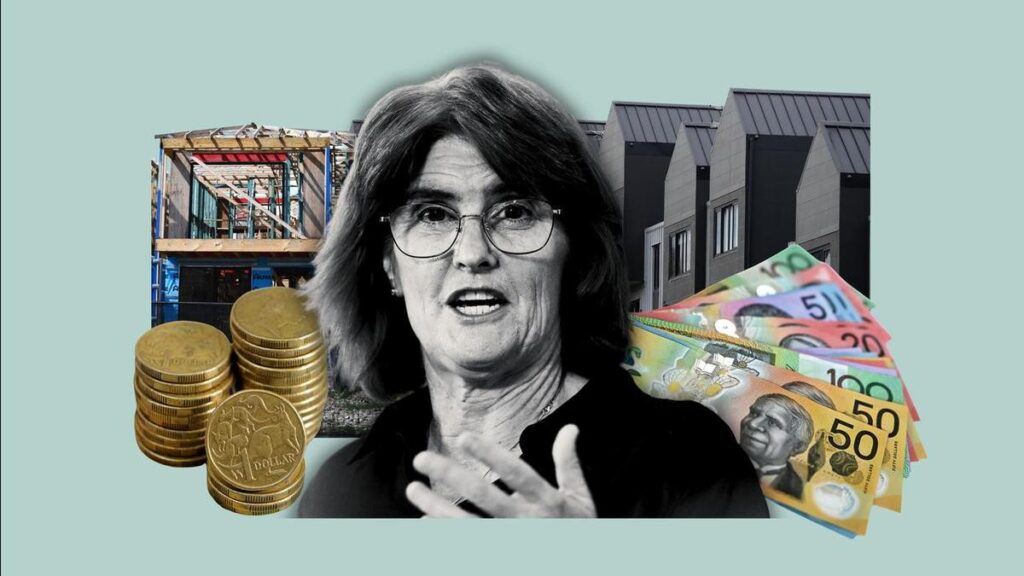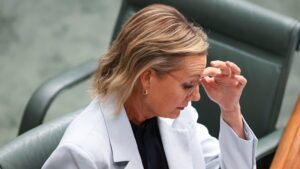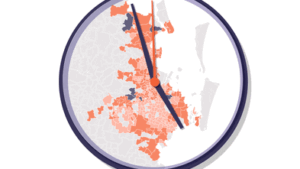
Analysts anticipate that the Reserve Bank of Australia (RBA) will maintain the cash rate at 3.6 percent during its upcoming meeting on November 7, 2023, coinciding with Melbourne Cup Day. This prediction comes in light of rising inflation rates that have led economists and bond traders to largely dismiss the likelihood of a rate cut.
Recent data revealed a surprising surge in inflation, with underlying or trimmed mean inflation rising by one percent in the September quarter. This increase exceeded the RBA’s forecasts, prompting comments from the bank’s governor, Michele Bullock, about the implications for monetary policy. According to Richard Holden, chief economist at Chartered Accountants, the latest inflation figures suggest that the RBA will “definitely” keep interest rates unchanged.
The economic landscape presents a complex challenge for the RBA. While unemployment is climbing, inflation is also on the rise. “I think they’re in a bind and the Australian economy is in a bind,” Holden stated. He noted that should inflation continue to climb, the RBA might have to reconsider its stance and potentially raise rates, which could indicate a significant miscalculation on their part.
Market Reactions and Future Forecasts
With minimal expectations for drastic changes in monetary policy, analysts will focus on the tone of Bullock’s post-meeting media conference and the RBA’s updated Statement on Monetary Policy. This quarterly statement is crucial as it outlines the bank’s projections for key economic indicators, including economic growth, unemployment, and inflation.
Analysts will scrutinize these projections closely, particularly for any significant revisions that might offer insight into when borrowers could expect another rate cut. Bullock is expected to express continued concern over rising unit labour costs, a critical inflation indicator influenced by Australia’s sluggish productivity growth.
The recent uptick in inflation appears to be primarily driven by domestic factors, particularly within the services sector. Holden remarked, “This looks like homegrown stuff, particularly in the services sector, which I think is reflecting lousy productivity outcomes and still reasonably robust wages increases.”
As the RBA prepares to announce its decision, the focus remains on balancing inflation control with the need to support economic growth. The outcomes of this meeting could set the stage for future monetary policy decisions, affecting borrowers and the overall economic climate in Australia.







